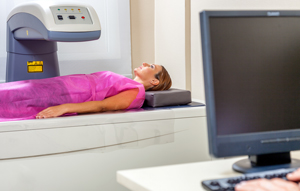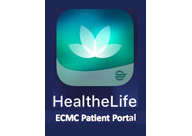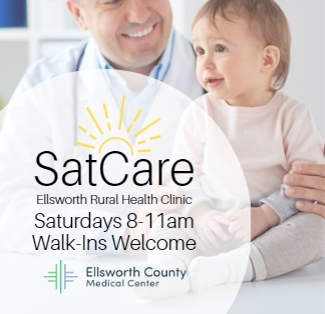
Bone Densitometry is a fast, safe and painless test that uses advanced technology called DEXA (Dual Energy X-Ray Absorptiometry) to measure symptoms of osteoporosis -- such as low density and mineral content of bone -- that may have developed unnoticed over many years. Because osteoporosis can result in bone fractures that can cause chronic pain, disability and loss of independence, it is important to begin treating osteoporosis at an early stage. Bone densitometry can detect the early signs of osteoporosis so that patients can begin treating it before a debilitating fracture occurs.
Dual Energy X-ray - DEXA
Bone Densitometry is a fast, safe and painless test that uses advanced technology called DEXA (Dual Energy X-Ray Absorptiometry) to measure symptoms of osteoporosis -- such as low density and mineral content of bone -- that may have developed unnoticed over many years. Because osteoporosis can result in bone fractures that can cause chronic pain, disability and loss of independence, it is important to begin treating osteoporosis at an early stage. Bone densitometry can detect the early signs of osteoporosis so that patients can begin treating it before a debilitating fracture occurs.
DEXA is available for scheduling Monday thru Friday 10 am till 5 pm

DEXA
Do not take your calcium the day of your exam.
Avoid wearing clothes that have metal in the area of the spine and hips
Reasons to ask your Doctor for a DEXA
Post-menopausal women with at least one additional risk factor (other than menopause).
All women older than 65 regardless of risk factors.
Post-menopausal women who present with fractures.
Women considering therapy for osteoporosis, if bone mineral density (BMD) testing would affect the decision.
Women who have been on hormone replacement therapy (HRT) for prolonged periods of time.
What to expect during your exam
During a comprehensive DEXA bone evaluation, a patient lies comfortably on a padded table while the DEXA unit scans one or more areas of his/her body, usually the spine or hip because they are particularly prone to fracturing. When the exam is complete, your images are sent to a computer and analyzed. They are then given to a radiologist, a physician who specializes in the diagnostic interpretation of medical images. After your study has been reviewed, your personal physician will receive a report of the findings.












